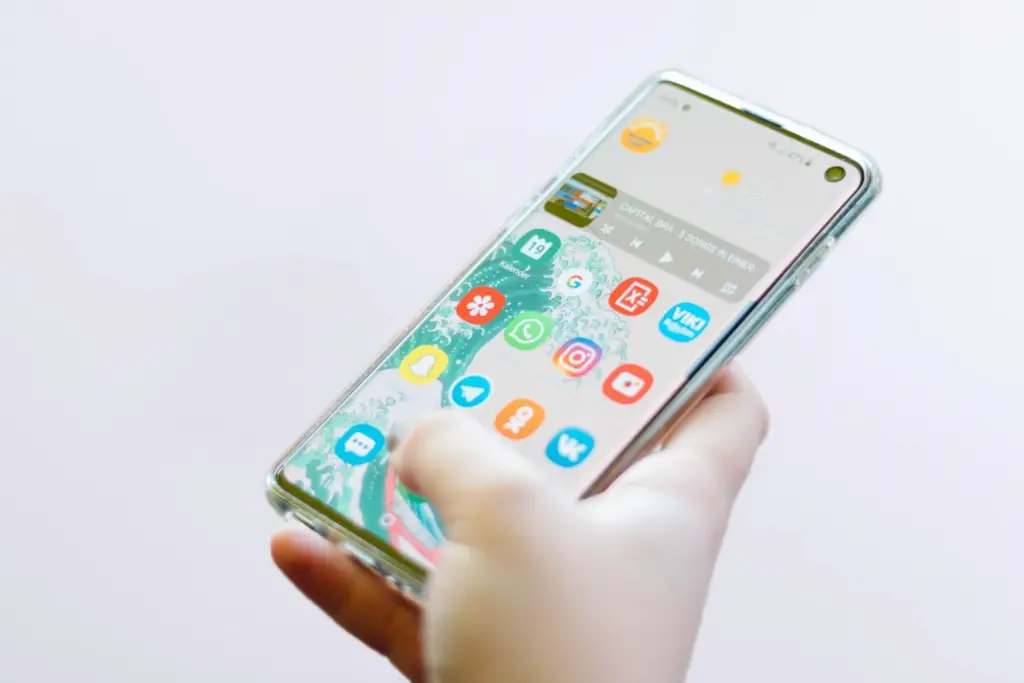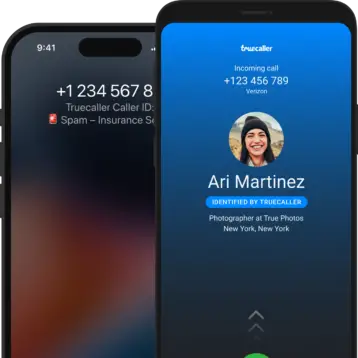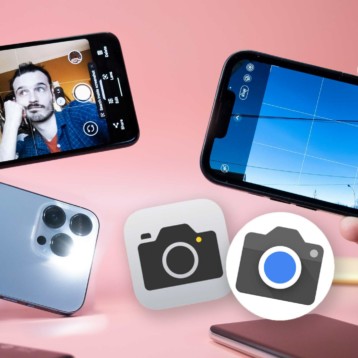
The very first mobile telephones were a small improvement from a pager machine used by doctors and nurses. Today they’re a world apart from such devices and boast a plethora of functions from video recorder to handheld games console and everything in between. We might not have those futuristic flying hoverboards just yet, but we do have access to some exceptional smartphones on the market right now.
One of the latest developments lies in nanotechnology, which improves one of the things we complain about most in our smartphones – our battery life. It will take an expert to fully grasp the application of nanotechnology to smartphones but, if you are fascinated by it and you’d want to become a nanotech guru, why not start by taking a Nanotechnology Fundamentals course, which is listed as one of the free Udemy courses right now! Who knows, you could end up solving some other issue we have with our cell phones, or inventing something out of this world.
So, what’s next for the latest and best smartphones? Read on to uncover three impressive and futuristic features you’re likely to see on the next crop of trailblazing smartphones.
#1: Sensitive screens
Some of the best smartphones have touchscreen technology where users can make decisions and request actions by touching the screen instead of physical buttons. There’s nothing new here, and it’s become expected for many. But the next development in this area is touch-sensitive screens, a screen that will be able to determine between a slight tap and other degrees of touch pressure.
What will this achieve? Well, it could work in the same way we used to single or double click on a desktop mouse. Different amounts of pressure would correspond to different user requests, which could be personalised by each individual smartphone owner. It’s just one way that a smartphone can be made more bespoke to the owner’s preferences, and it could even add to security. Instead of having a combination sequence to unlock the phone, the combination could become touch-sensitive to add even more layers of protection.

#2: Virtual reality
Virtual reality has been a long time coming – and it’s still coming. In 2020, statistics suggest that fewer than 30% of people in the US had experienced VR. Although mass markets have yet to adopt virtual reality technologies and devices just yet, there are signs that it will soon be flooding the smartphone scene. The reason for this is that many of the big tech companies are releasing their own VR devices and gaming consoles, so it’s likely that smartphones will want to keep up and maintain their market.
There’s even potential for the smartphone to become its own VR headset in a similar way that Pokémon Go leveraged augmented reality. Having smartphones with VR capabilities will change the game across the board. You’ll be able to play VR games, stream entertainment in a revolutionary way and much more.
#3: Photonic crystal display
Smartphone displays are impressive when it comes to showing an array of colours, but the same displays are notably not as impressive at handling different light conditions. How many times have you been walking in sunlight and unable to see your display easily? The solution to this problem may lie in photonic crystals.
Research has found that photonic crystal displays adapt to a light environment instead of giving off light like current OLED or LCD displays. The only drawback is that photonic crystal displays require a built-in source of light to function. But this shouldn’t be too difficult. After all, we’ve already seen such features built into the Kindle.










